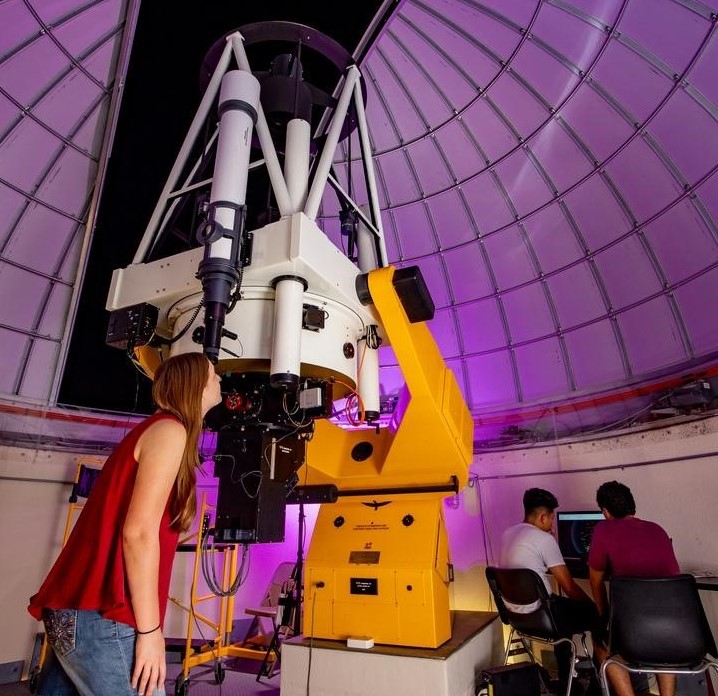Document Type
Poster
Abstract
NASA launched the Kepler Space Telescope in March 2009 to observe the Cygnus-Lyra star field and search for Earth-like planets orbiting other stars in a habitable zone. Kepler has discovered and gathered data about thousands of exoplanets–planets revolving around other stars. Researchers study and analyze this data in order to distinguish exoplanets according to their individual characteristics; for instance, mass, radius, density, temperature, semi-major axis, and orbital period. An example of recent Kepler discoveries is shown in Figure 1, which illustrates the orbital period and planet size for systems with multiple transiting planets.
Advisor
Darin Ragozzine
Publication Date
2015
Recommended Citation
Sawant, Sailee, "Statistical Evaluation of Simulated Period Distributions of Exoplanets Using Julia" (2015). Aerospace, Physics, and Space Science Student Publications. 18.
https://repository.fit.edu/apss_student/18


